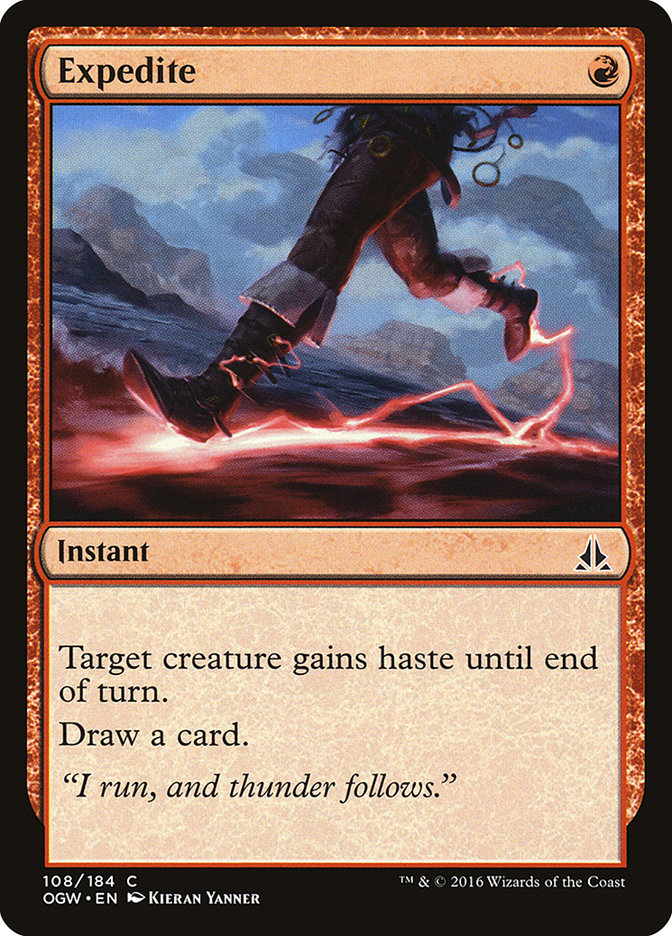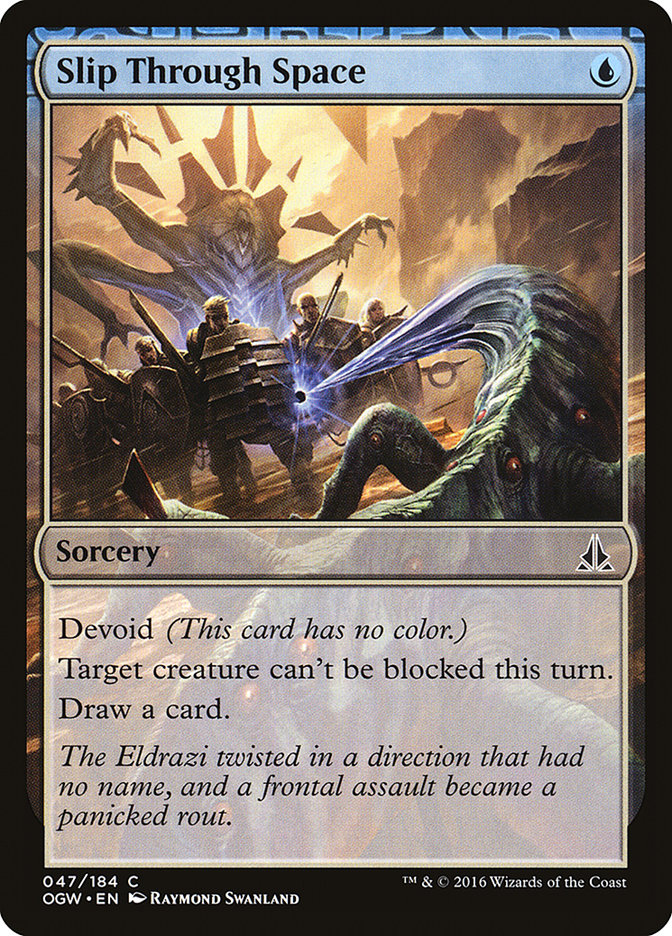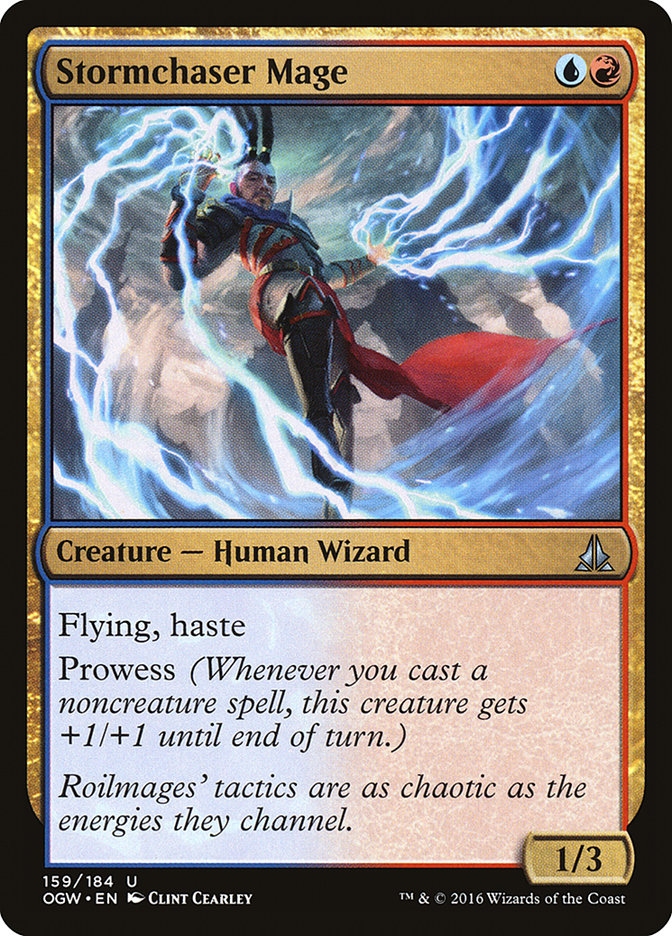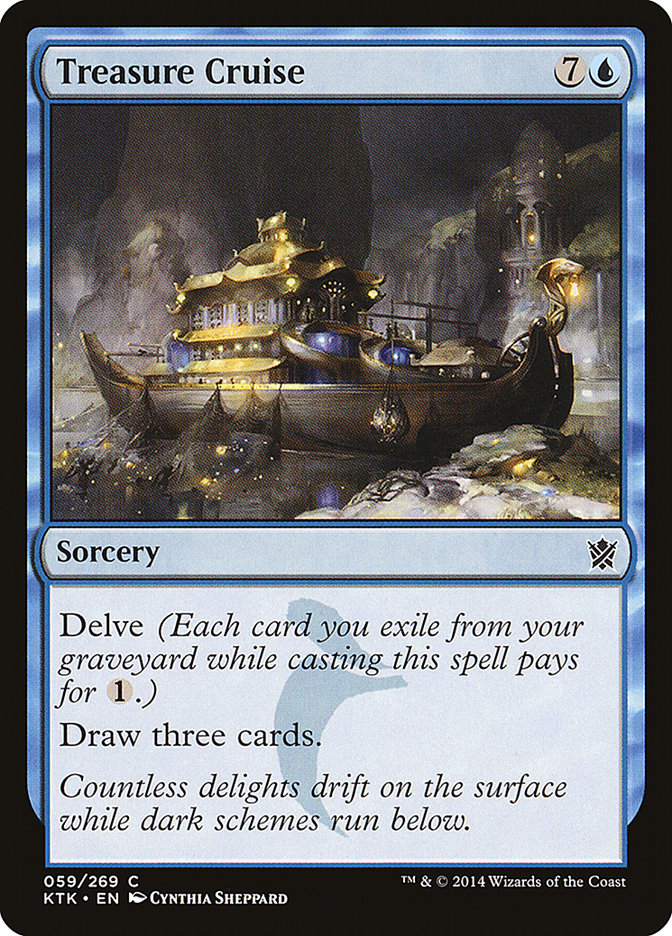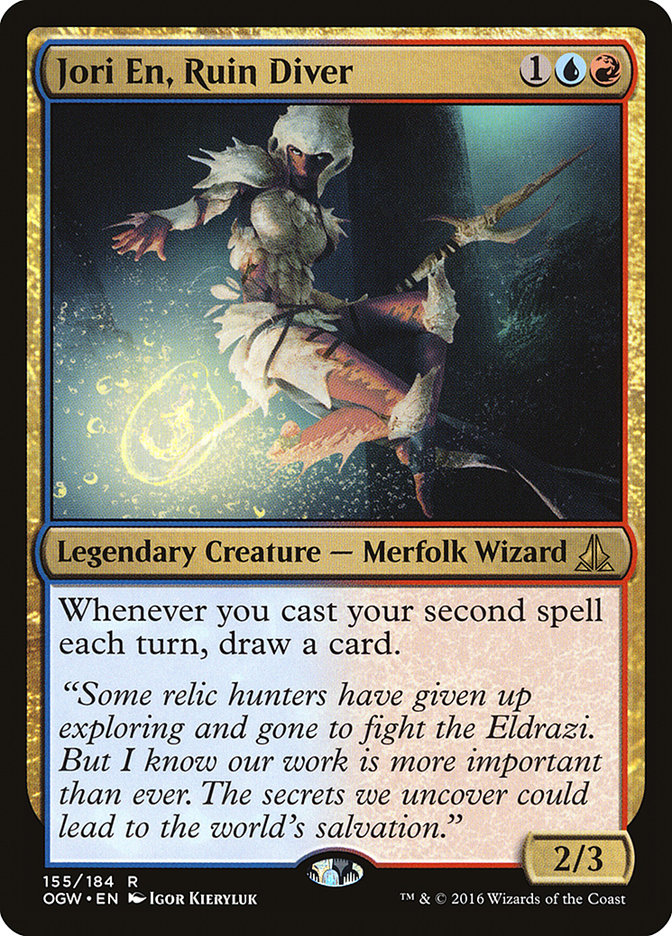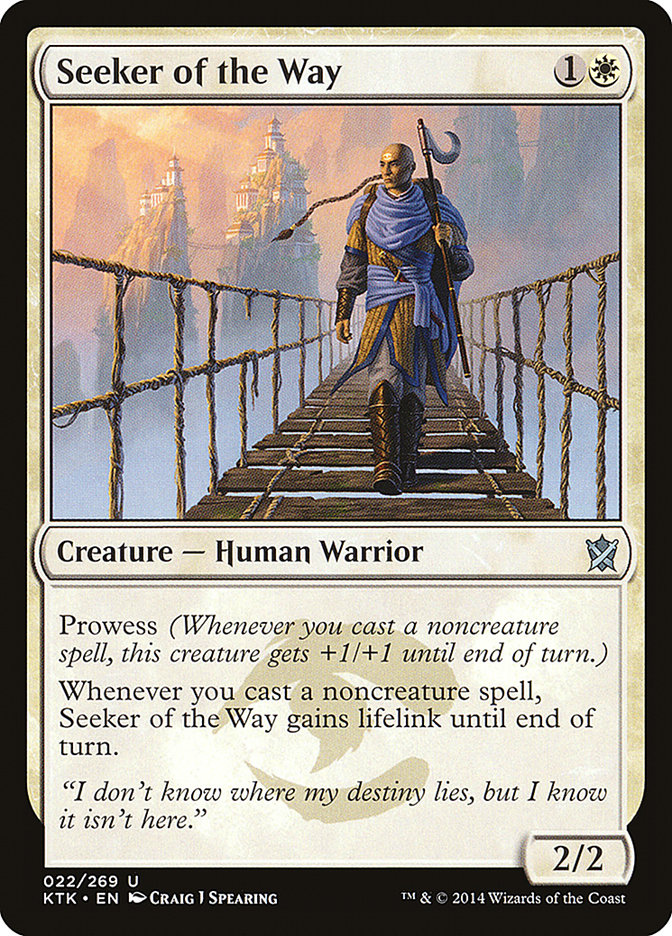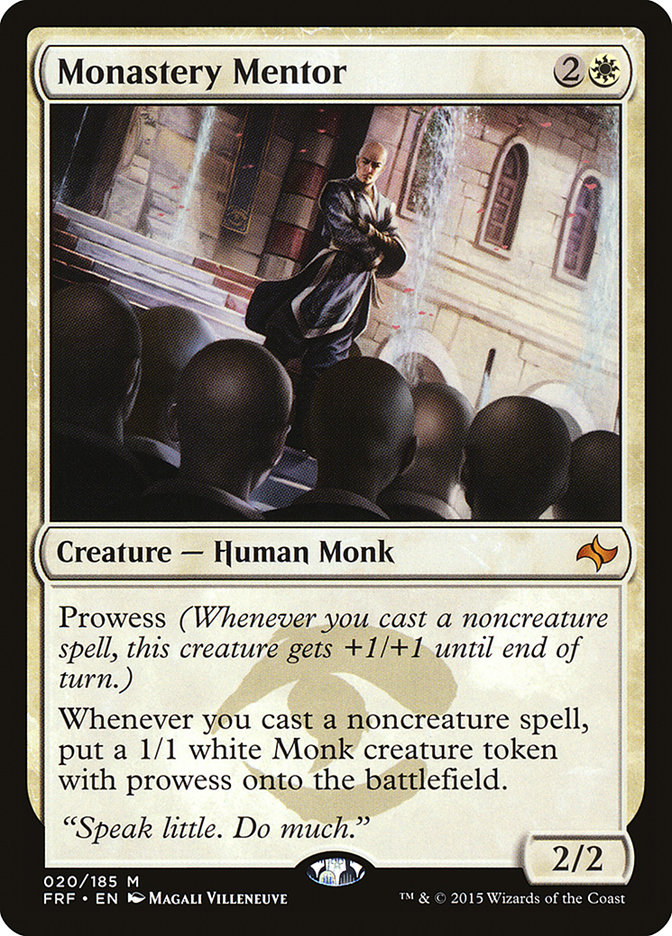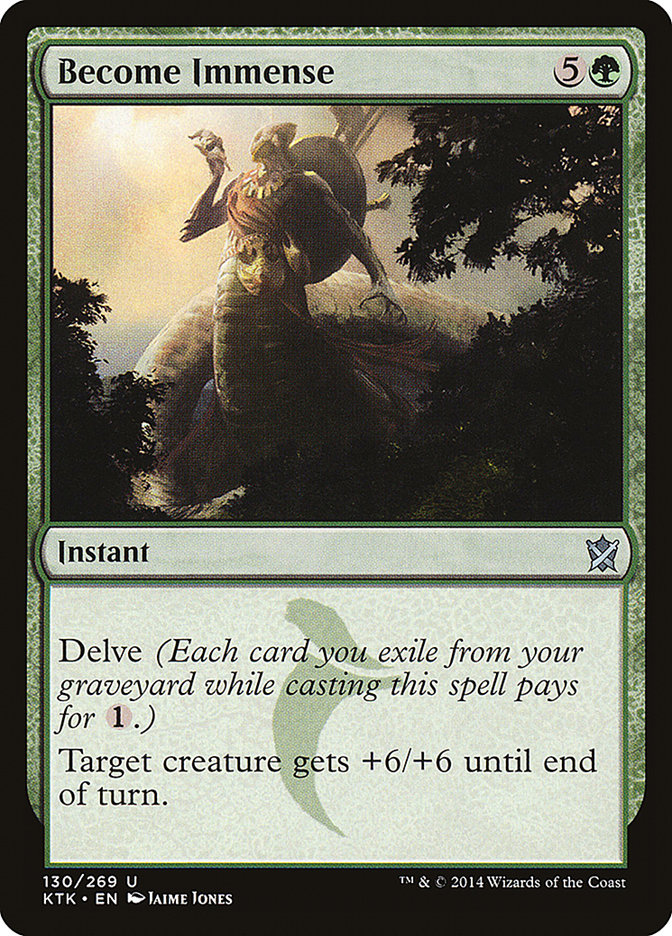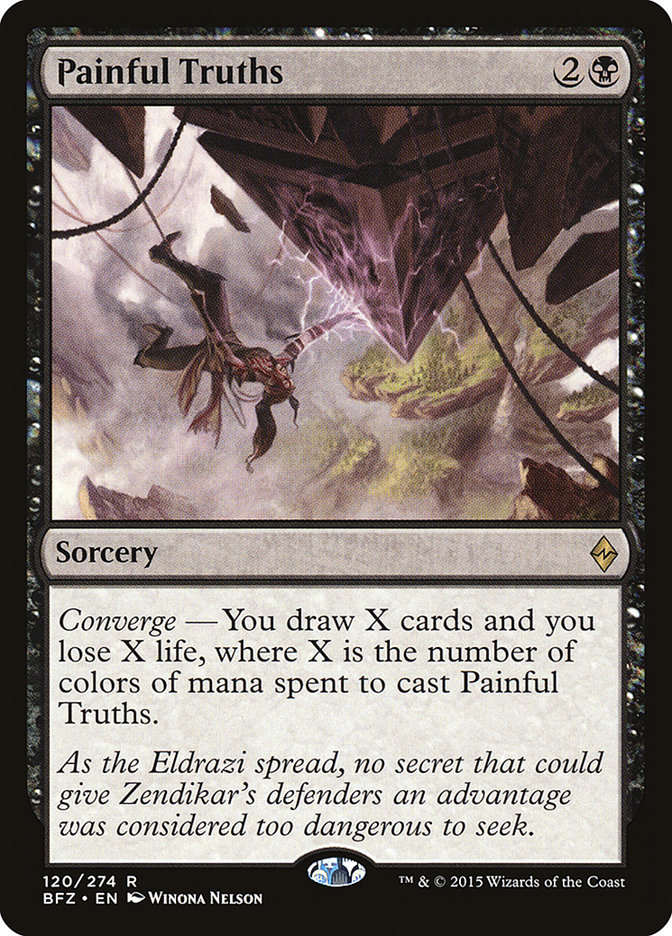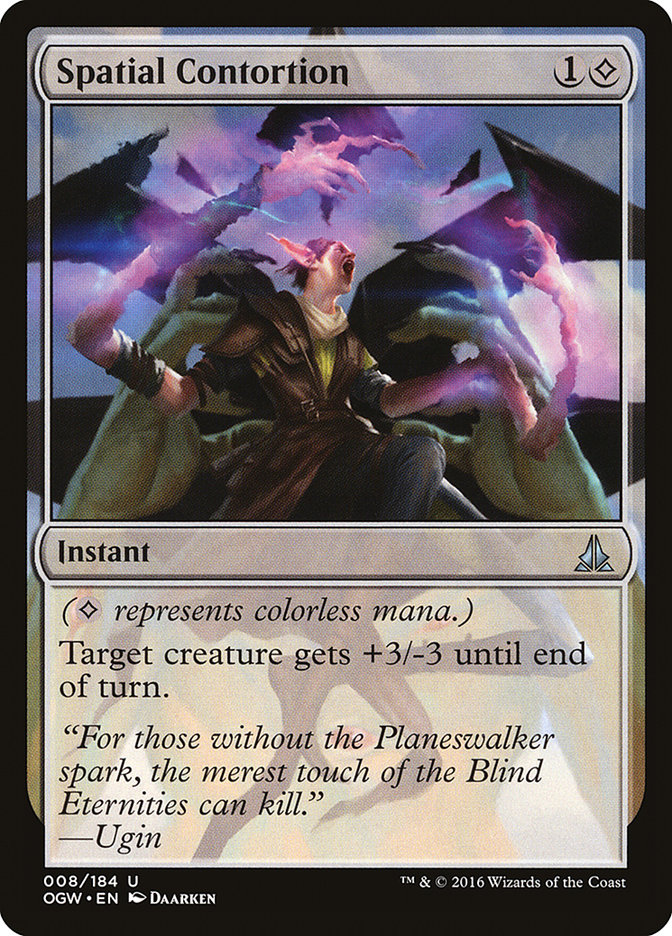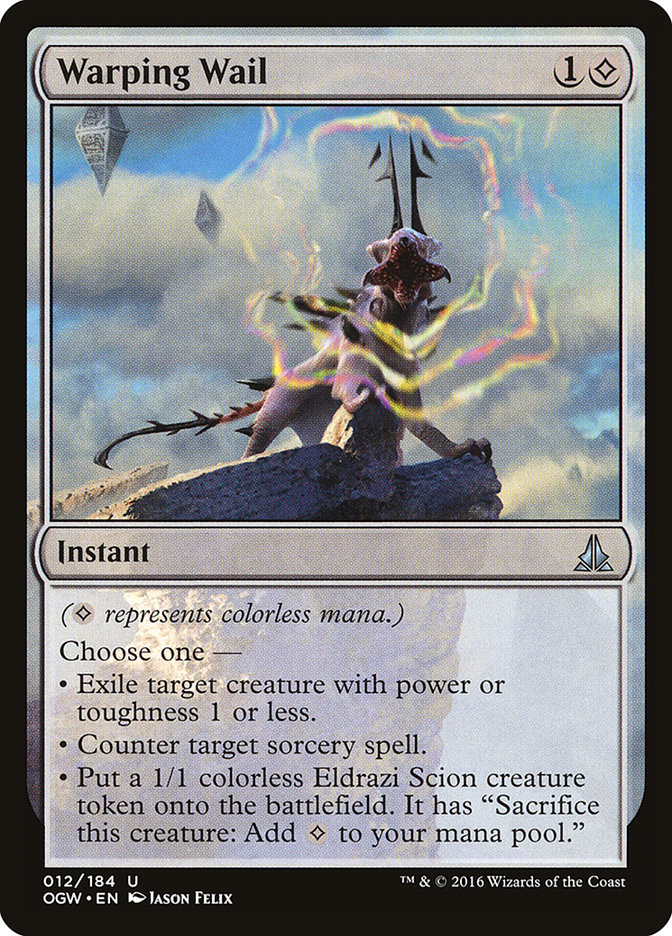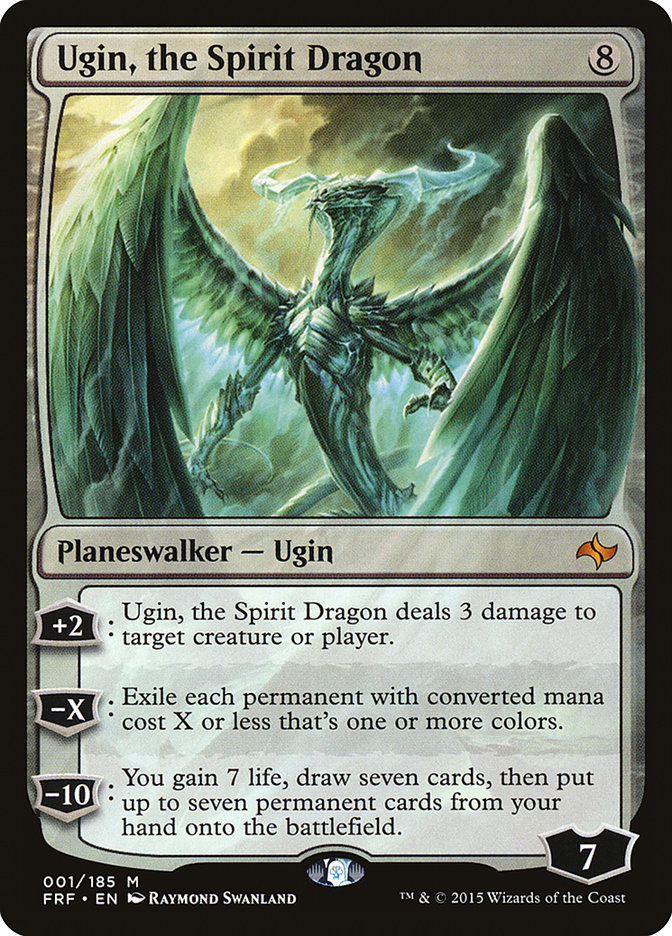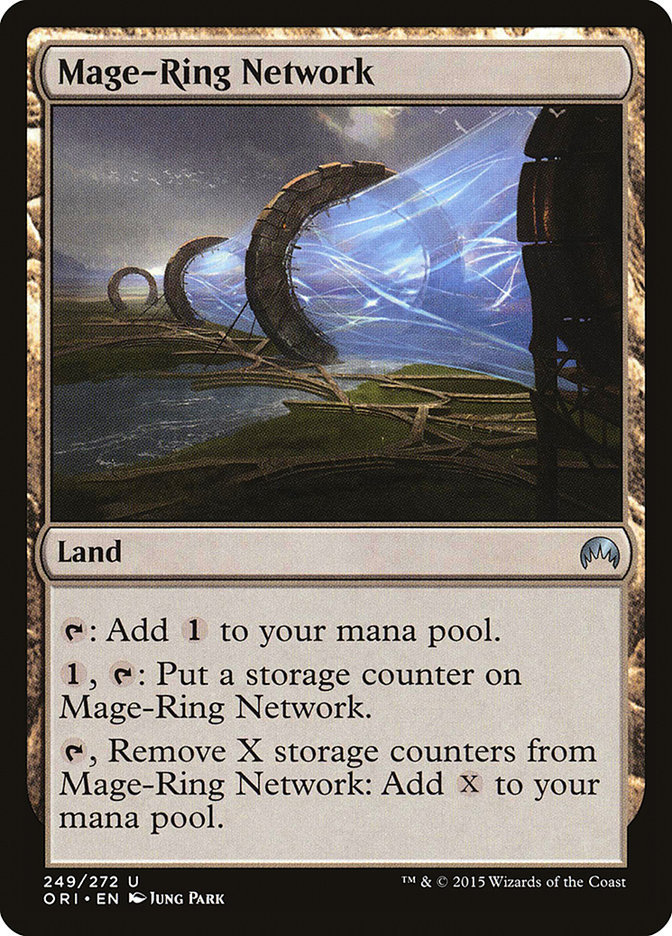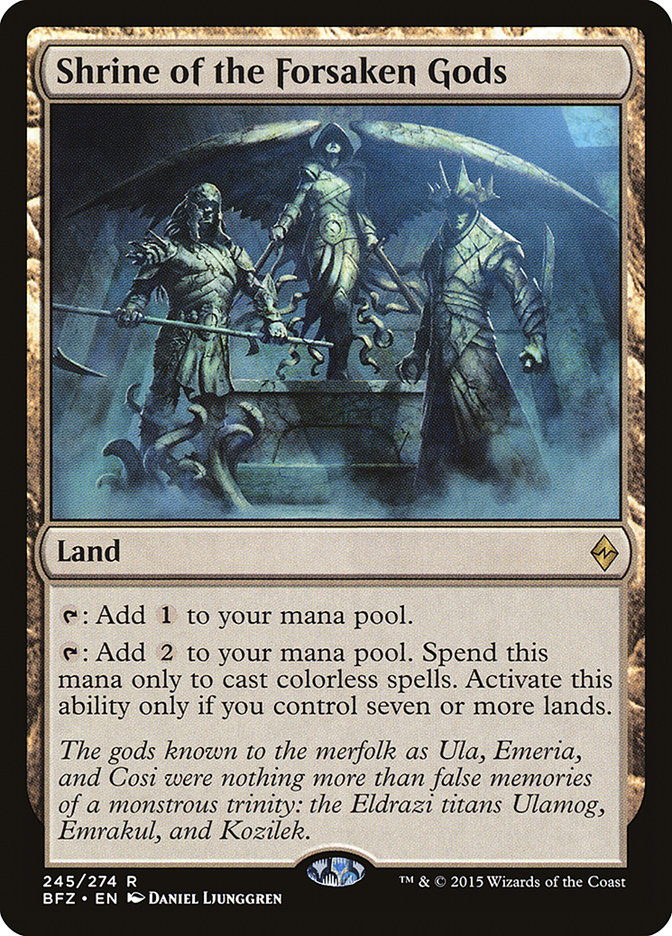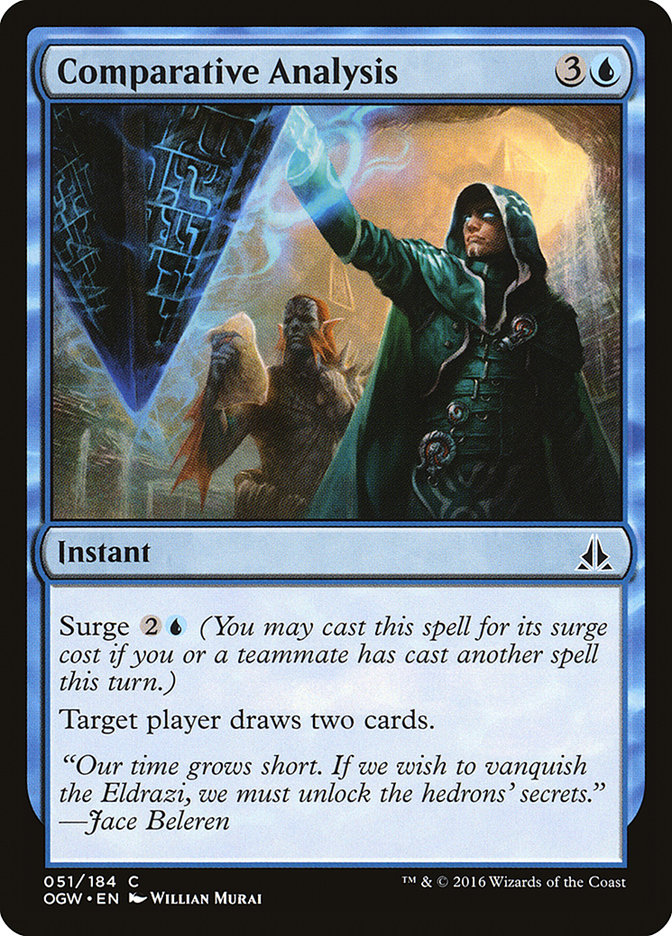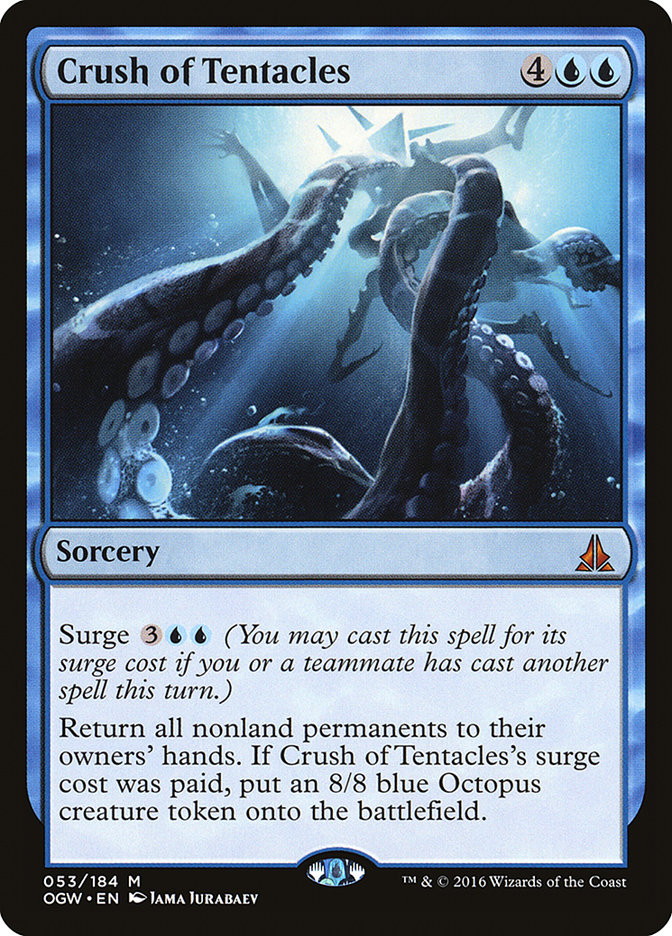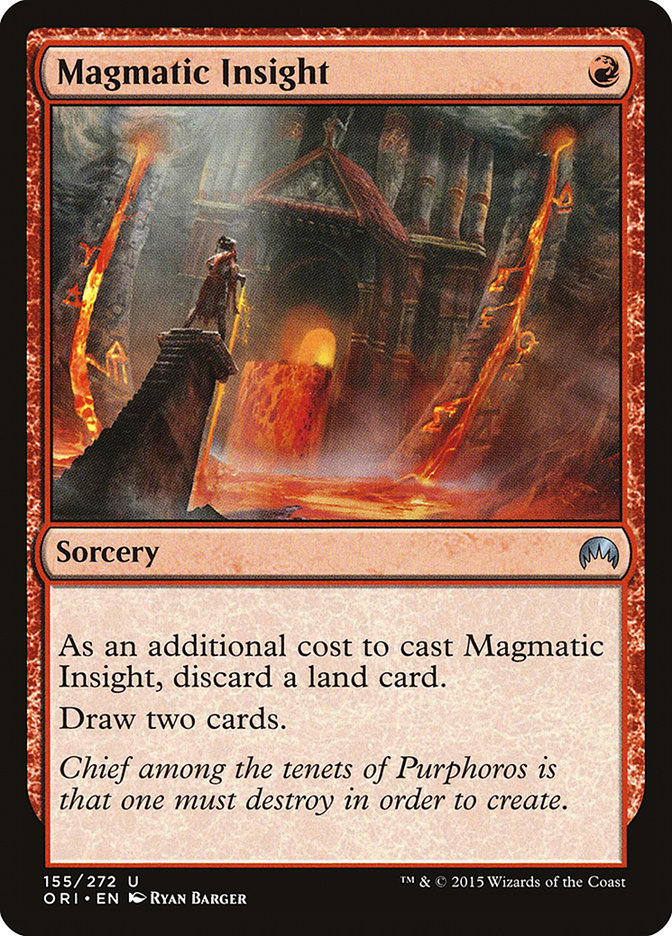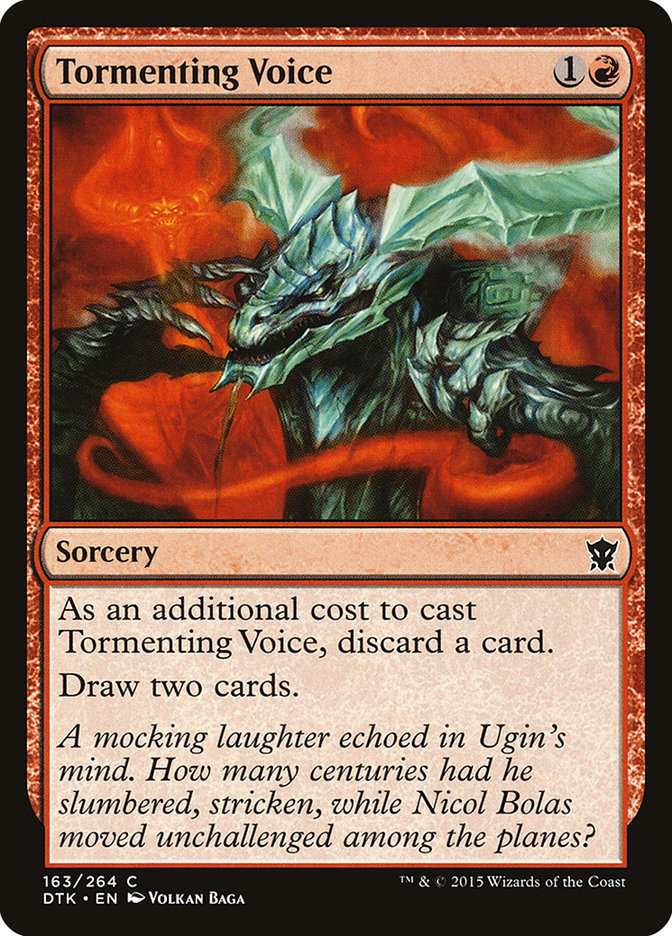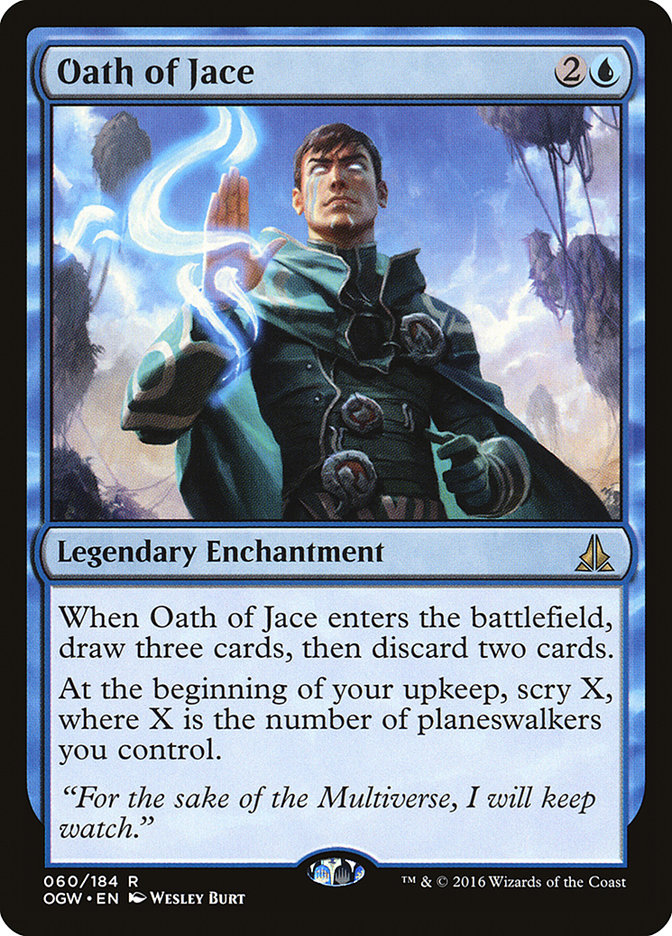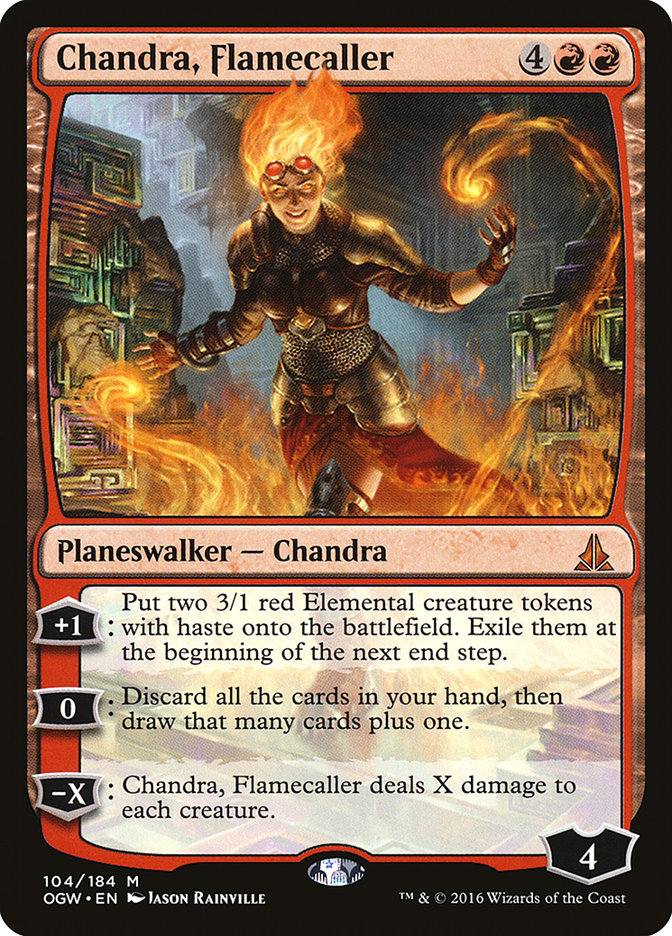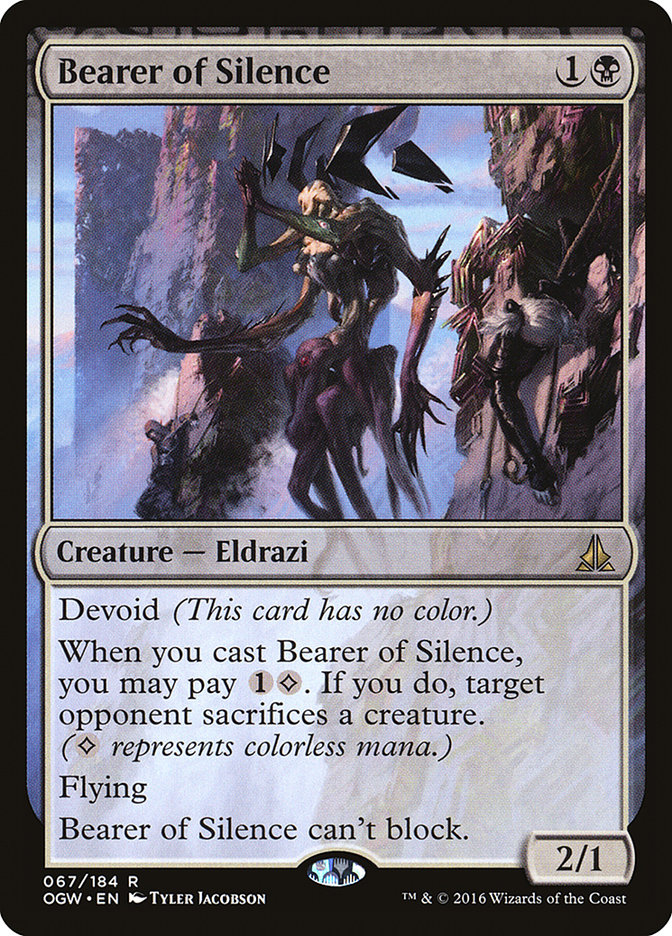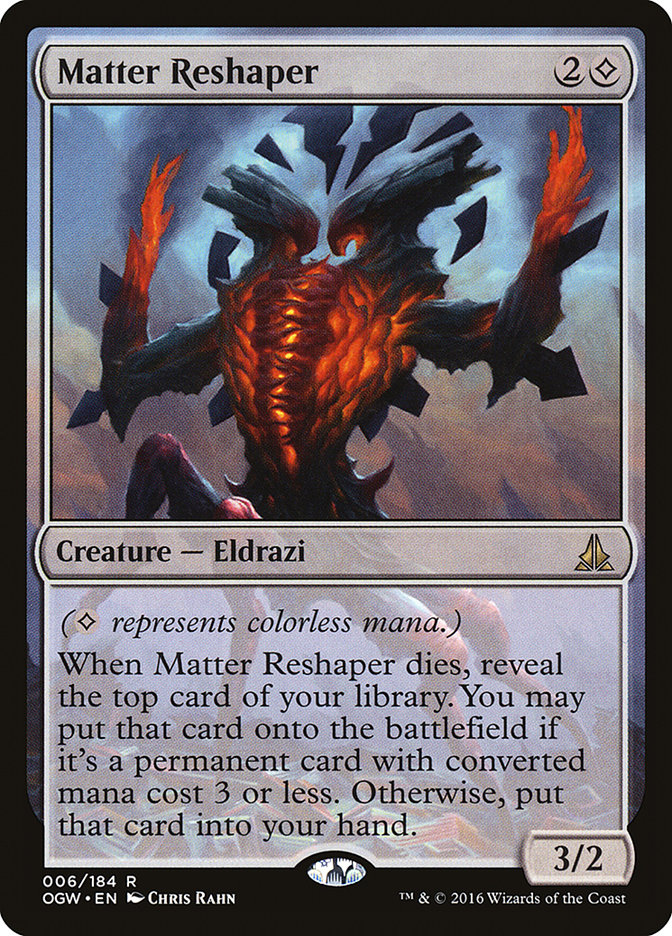With the full spoiler finally here and the Prerelease on the horizon, the excitement for Oath of the Gatewatch is reaching a fever pitch. This is one of the most interesting sets in years and feels like the set Battle for Zendikar really wanted to be. Aside from introducing us to probably the only way they could ever do a “sixth color,” the set is also just packed with awesome cards that are going to have major impacts on multiple formats.
With an influx of new and powerful cards, the most enjoyable thing to do is just to start brewing immediately. Ideas come faster than you can often keep track of, and the best thing to do is to just get them all on paper and sort it all out later. It’s also great to share these ideas with others and get a think tank going. Many sets of eyes on the same thing can solve problems much faster than a single set of eyes, and collaboration is one of the most important elements in deck design. Most ideas won’t work, but even when they fail you can often gain valuable information from the process.
Today I present four Oath of Gatewatch brews – raw, unfiltered, and uninhibited. (OK, maybe it’s more like three and a half, but who’s counting?) Are these decks already refined killing machines, ready to crush #SCGATL next weekend? Of course not, but they are the first steps into a larger world. If they evolve into format-defining decks, that is awesome, but even if they provide insight into what is possible with Oath of the Gatewatch cards in other decks, that is very valuable too.
Creatures (16)
Lands (22)
Spells (22)

It’s easy to get excited about cards like Kozilek, the Great Distortion and Nissa, Voice of Zendikar when looking at spoilers. They are powerful mythic rares with very splashy and powerful effects, and they are meant to be the major selling points to the set.
However, there are other exciting things happening on the spoiler as well. Standard has been experiencing a famine when it comes to cheap spells that cantrip, and Oath of the Gatewatch gives us not one new one mana cantrip but two! This normally wouldn’t be that exciting, as Crimson Wisps was never a quality tournament card. But there are two major factors now that make cheap cantrips really desirable:
With prowess becoming an evergreen keyword and delve being one of the most broken mechanics of all time, all of a sudden a reasonable one-mana spell that replaces itself and hits the graveyard becomes quite appealing. While neither of these cards is Ponder or Serum Visions, their effects are reasonable enough to matter. A card doesn’t need to be on the level of Brainstorm to be an effective part of the puzzle.
Another draw to the cheap cantrips is the new Jori En, Ruin Diver. It’s very hard to tell how good this card is, as it provides a unique effect on a midsized body that is very hard to evaluate. My initial reaction was “wow, finally an awesome blue/red card for my Cube!” but beyond that Jori En also seems well suited for Standard. It’s not hard to get at least one trigger off of her, and if she ever lives, you are going to be swimming in cards.
It’s very possible this deck is a bit cute and has too much air in it, but it is best to push the limits of your theme early in the deckbuilding process to see how far it can take you. Without a big finish card like Monastery Mentor to actually close the game, you may end up drawing a ton of extra cards but durdling around too much to do anything useful.
Speaking of Monastery Mentor…
Creatures (15)
Lands (22)
Spells (23)

Adding a color is usually the right thing to do in this format, and this deck gains some significant upgrades from its two-color counterpart.
While Stormchaser Mage and Jori En, Ruin Diver both seem like they are going to be quality Magic cards, there’s no doubting the pedigree of Seeker of the Way and Monastery Mentor as the premier prowess creatures. Seeker of the Way is just fantastic when you are triggering it every turn, as it not only gets large but also makes racing very difficult for your opponent. People are finally starting to realize how good Monastery Mentor really is, and it is at its absolute best in this deck. If you ever untap with a Mentor in play, it is going to be very hard to lose, and even if you only get one token off of it, that token is a serious threat. Defiant Strike is also a great cheap cantrip that can increase your damage output, and does an excellent job of meshing with the new cantrips.
This deck could go in so many different directions. While Treasure Cruise is fantastic, maybe it’s better to just throw in the Temur Battle Rage / Become Immense combo and try to win very quickly. It’s also possible you’d rather be black instead of blue, which would give you access to Painful Truths over Treasure Cruise, Murderous Cut for removal, and most importantly Duress to pave the way for your Monastery Mentor.
The possibilities are endless.
Planeswalkers (3)
Lands (28)
Spells (29)

One of the most confusing aspects of Oath of the Gatewatch is what to do with colorless mana. Trying to cast spells with the colorless mana symbol in theme is going to require a significant commitment, and it’s even possible to just build a deck with all colorless value lands and colorless spells.
Spatial Contortion and Warping Wail both give colors like green and blue access to removal spells, and Spatial Contortion in particular is a very solid one. Both Nameless Inversion and Bile Blight were powerful removal options when they were legal, and Spatial Contortion does essentially the same job. Being able to play good removal spells in a mono-blue control deck is a huge boon and something we are going to have to get used to.
With the ability to deal with resolved creatures at instant speed, counterspells gain much more potency. With a number of counterspells that can be played on turn 2, we can get ourselves into the midgame with relative ease. Popular cards like Siege Rhino, Monastery Mentor, and Painful Truths are all very vulnerable to counterspells, and playing a deck with no creatures in it does wonders when every deck is packed with creature removal. Because of how Battle land/fetchland manabases work, there aren’t that many one-drops running around, and if we can get the counterwall up starting on turn 2, we will be in good shape.
Playing Nameless Inversion in our mono-blue control deck is not the only payoff for playing a bunch of colorless lands. Mage-Ring Network and Shrine of the Forsaken Gods have a low opportunity cost, and after they cast Spatial Contortion in the early game they allow us to play Ugin, the Spirit Dragon on the cheap in the midgame. Mage-Ring Network in particular is fantastic with Ugin, letting you play it with mana open for counterspells, but Shrine of the Forsaken Gods is no slouch either. With two Shrine of the Forsaken Gods and six other lands, you can play Ugin on turn 8 with Negate backup, which is a very powerful play.
The other major Oath of the Gatewatch card for control strategies is Comparative Analysis. I’ve played Inspiration before in Standard, and Divination as well. Being able to cast a Divination at instant speed is fantastic, and you should be able to do it a good amount of the time. Unfortunately there are no good one-mana spells for the deck, but playing it on turn 5 after a counterspell seems pretty sweet as well. Comparative Analysis is definitely not a format-defining card, but it’s a nice tool to have.
Crush of Tentacles is a card I think is going to be quite good, as resetting the board while also playing a serious threat is pretty big game. It’s not fantastic in this deck, but it provides a nice non-Ugin reset button.
Speaking of Crush of Tentacles…
Lands (26)
Spells (34)

Where did Sphinx’s Tutelage go? A somewhat off-the-wall deck with a good Jeskai matchup, I had considered Sphinx’s Tutelage for the Player’s Championship but never delved too deeply into it.
Because of how focused decks are on killing creatures and grinding at the moment, chipping their life away with a deck with zero creatures in it seems like quite the good idea. The deck features all the usual suspects of the old Sphinx’s Tutelage decks like Treasure Cruise, Magmatic Insight, Tormenting Voice, and some sweepers, but has a bit more going on as well.
Older versions of the deck used cards like Whelming Wave to keep the board clear while it did its business, but that is no longer an option. Instead we get the new Crush of Tentacles, and while it will do mostly the same job for two mana more, we are very interested in casting it with surge. With many cheap spells in the deck and so much card draw this should not be difficult, and with our Radiant Flames and cheap removal to pick off the small stuff, our opponent is going to be stuck rebuilding over the course of a few turns. The 8/8 may not seem super relevant in a deck that wants to mill its opponent out, but it’s part of the reset plan. Not only does your opponent have to rebuild their board, but they also need to spend mana to get the new 8/8 out of the way as well. This is going to buy you a lot of time, and time is all this deck needs.
Coming right along with Crush of Tentacles is Oath of Jace and Oath of Chandra. While the deck has no planeswalkers in it, the real draw to these spells is that when we play Crush of Tentacles, we can pick them up and cast them again. Oath of Jace isn’t particularly powerful, but it does a good job sifting through the junk you don’t need to get to your Sphinx’s Tutelages and Treasure Cruises. It also provides three triggers off Sphinx’s Tutelage. Oath of Chandra is a sorcery speed Draconic Roar, but being able to reuse it adds to its value.
This may not be the optimal shell for it, but Crush of Tentacles is the real deal.
One thing that happens when brewing is that you end up going station to station. This card is sweet with this card… but what if we put it with this card or in these colors? You can go from deck to deck very quickly but also gain valuable insight into what works together and what doesn’t just by putting the ideas down on paper. There are so many awesome cards in Oath to Gatewatch that it’s pretty hard to touch them all in the first go-around, but that’s why you just keep brewing.
Which cards started your brewing journeys… and where have they led?

